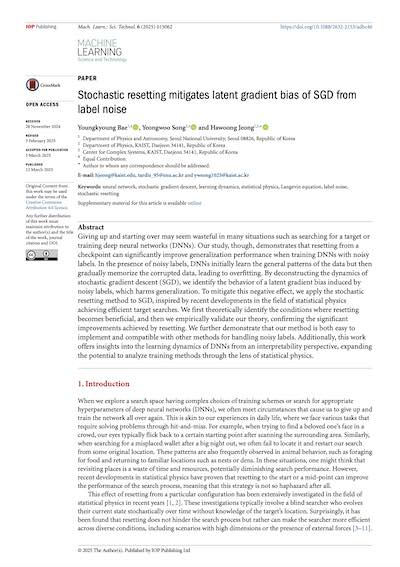Today's article comes from the IOP journal of Machine Learning Science and Technology. The authors are Bae et al., from Seoul National University, in South Korea. In this paper they show us a new technique for overcoming latent gradient bias. Let's see if it works.


You must be an active Journal Club member to access this content. If you're already a member, click the blue button to login. If you're not a member yet, click the sign-up button to get started.
Login to My Account
Sign Up